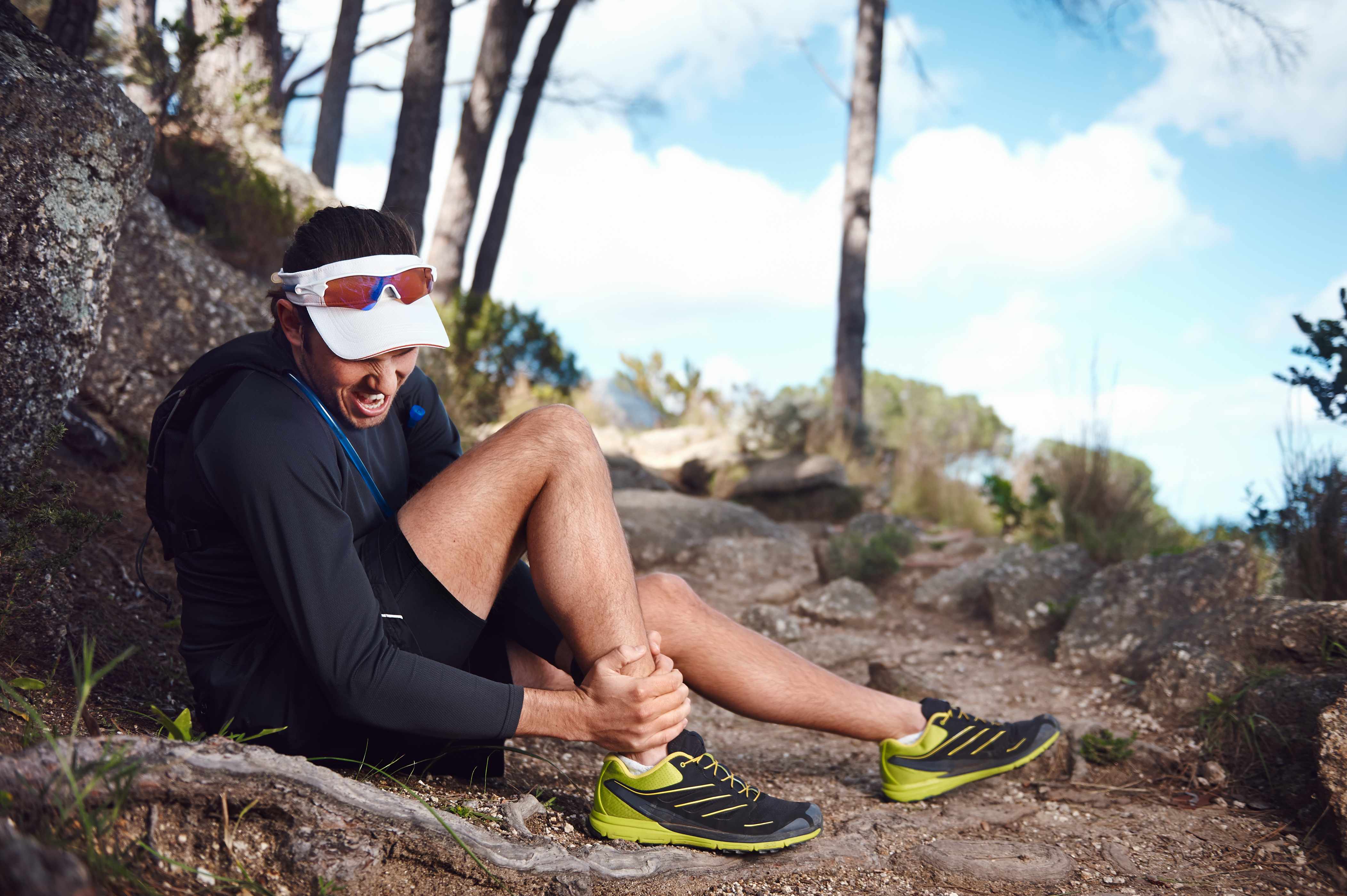-
Brace for it: When to use an ankle brace
 Back in the early 1990s, ankle braces were starting to pop up more often on sports courts and playing fields. This was due to improved designs that made their use less expensive than taping an athlete’s ankle. Today, ankle braces are everywhere and available in many different designs, even sport-specific. Whatever the design, the goal of these braces is to prevent injury or offer support after an injury.
Back in the early 1990s, ankle braces were starting to pop up more often on sports courts and playing fields. This was due to improved designs that made their use less expensive than taping an athlete’s ankle. Today, ankle braces are everywhere and available in many different designs, even sport-specific. Whatever the design, the goal of these braces is to prevent injury or offer support after an injury.
“Using ankle braces to prevent ankle injuries is becoming more common, and I’m often asked by coaches, parents and athletes if wearing an ankle brace is worthwhile,” says Kurt Jacobson, a Mayo Clinic Health System licensed athletic trainer. “Current research indicates ankle brace use in high school-aged athletes lowers the incidence of acute ankle injuries, but not the severity. Ankle braces are not shown to reduce the severity of ankle, knee or other lower extremity injuries.”
Ankle ligaments, muscle and tendon units, and the bones of your ankle, create the internal supports to keep your ankle safe. These internal supports are important links from your foot to your hip, allowing for ideal performance. Ankle braces serve as the external supports to limit certain motions, such as plantar flexion/inversion (movement at the ankle joint that points the foot downward away from the leg and turns the foot inward), and provide awareness of where your ankle joint is in space. Jacobson says for maximum effectiveness, ankle braces should fit comfortably in the shoes you wear during an activity, which also helps with brace use compliance.
“After experiencing an ankle injury, it’s important to consider rehabilitation as part of your treatment plan,” adds Jacobson. “Often, when an athlete is still having ankle pain or isn’t back to full function, it’s because he or she hasn’t allowed for enough time to properly heal.”
Following an ankle injury, Jacobson explains your provider may recommend rehabilitation services. He say balance, range of motion, strength and endurance are important therapy and training factors that rehabilitation providers specialize in for recovery. Performing exercises as directed helps ensure a safe return to activity and lessens the likelihood for re-injury.
“Keep in mind, wearing an ankle brace is not a cure-all or 100 percent guarantee against injuries, says Jacobson. “Making an educated decision with your health care provider will help you determine if wearing an ankle brace is right for you.”
Related Articles







